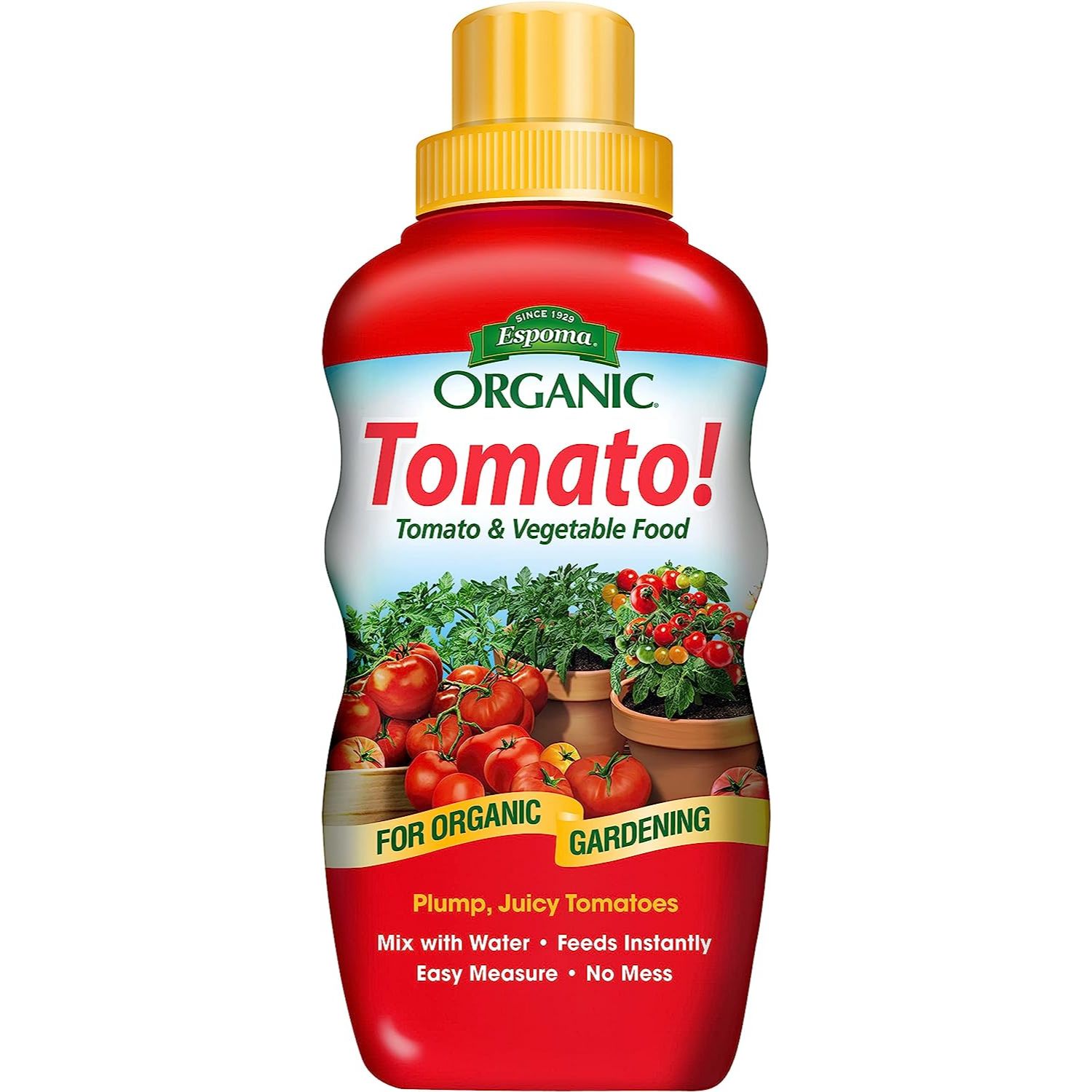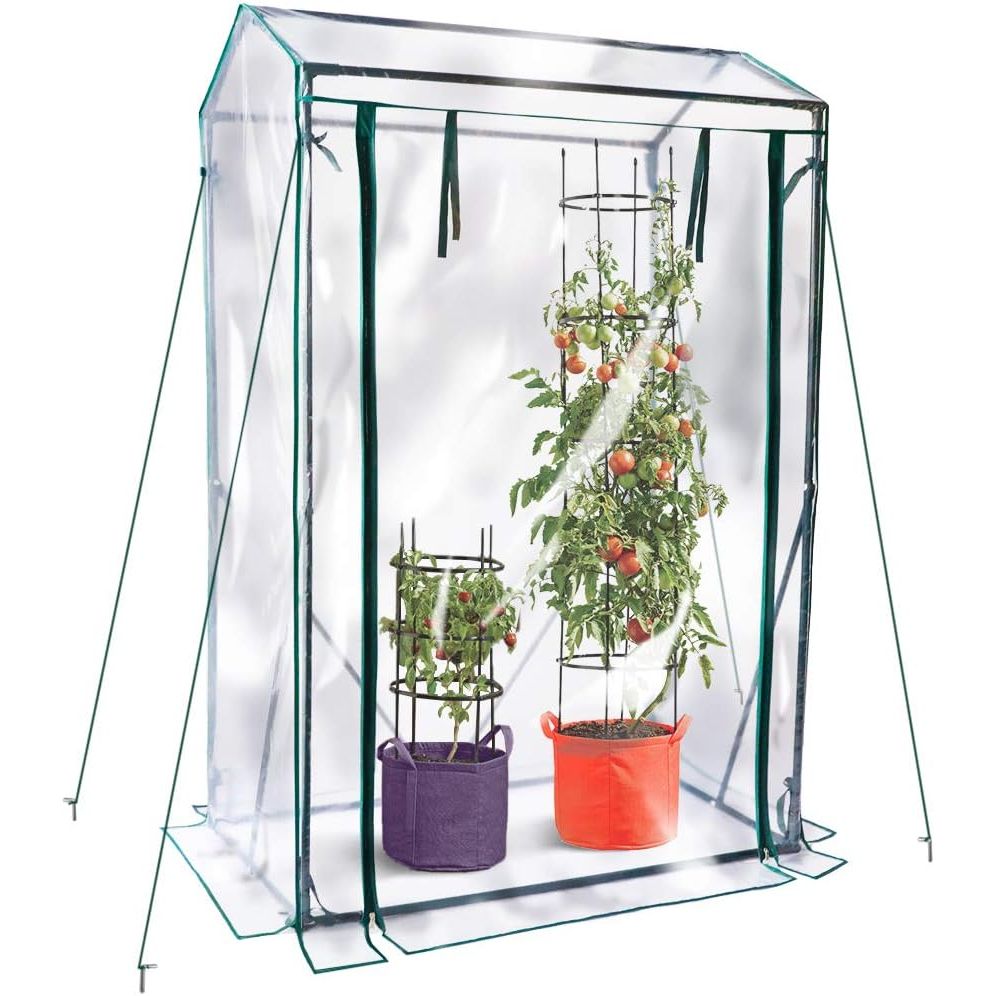Can I ripen green tomatoes? These experts know the secret to make them turn red, on and off the vine
Whether you were too late planting or the sunshine's been in short supply, there's still time to ripen your green tomatoes
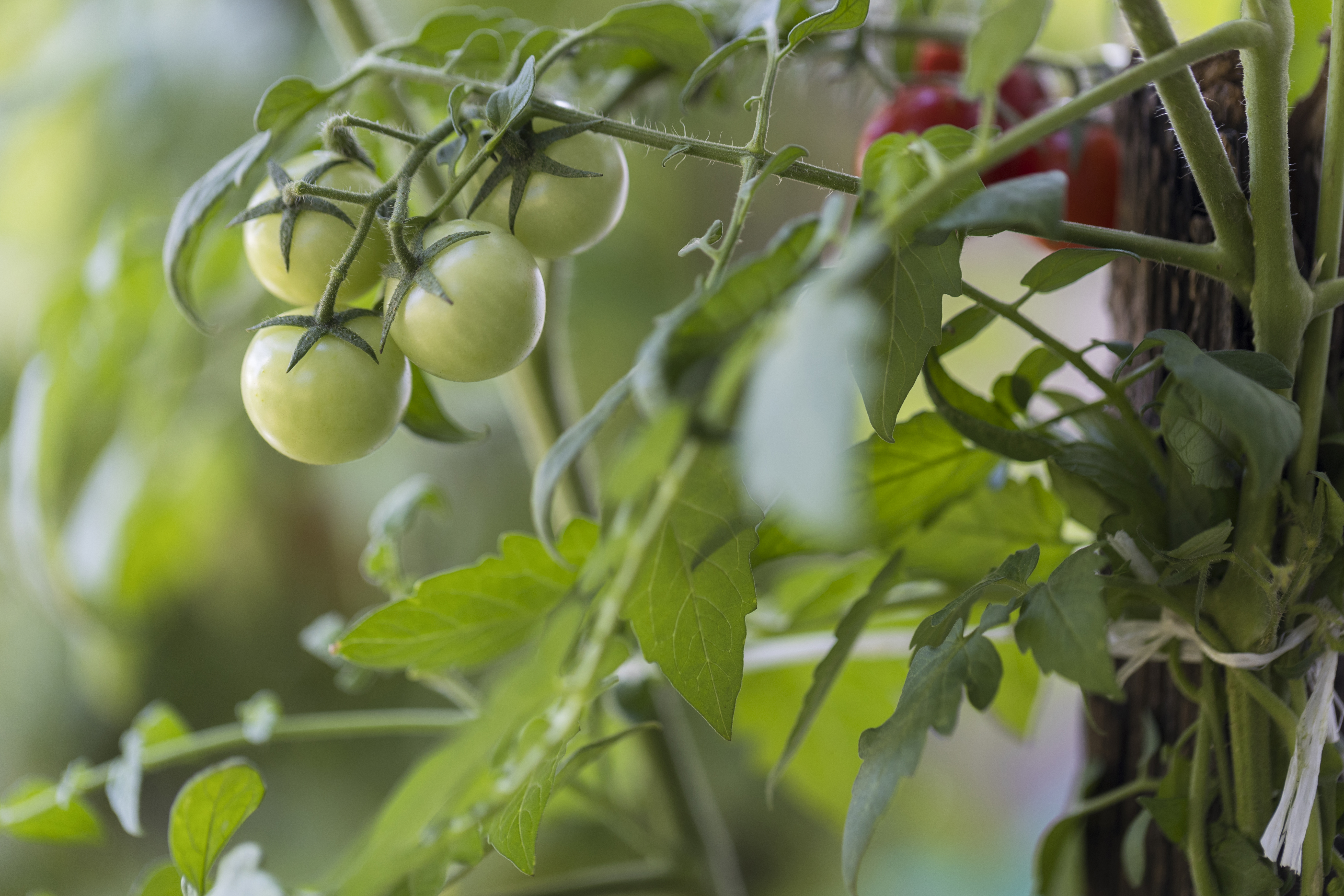

September might mark the end of summer, the shortening of days, and the first nip of fall, but it's also peak time for harvesting tomatoes - or at least, that should be the case. If you're still waiting for your green homegrowns to turn ruby red, your patience might be running thin by now, so how do you speed up ripening before the season is up?
This segue into fall should be the ideal time to enjoy the fruits of your labor. Most of the edible produce you planted in your vegetable garden earlier in the year is probably ready to eat by now, so if you're still holding out for the smallest blush of orange on your tomatoes, you're probably starting to question where you went wrong.
Whether you were too late planting or the weather simply wasn't in your favor this summer, the good news is, not all is lost. There's still time to encourage those firm green tomatoes to grow juicy and red, and - with the help of some experts - we're here to tell you how.
What does it mean if tomatoes won't turn red?
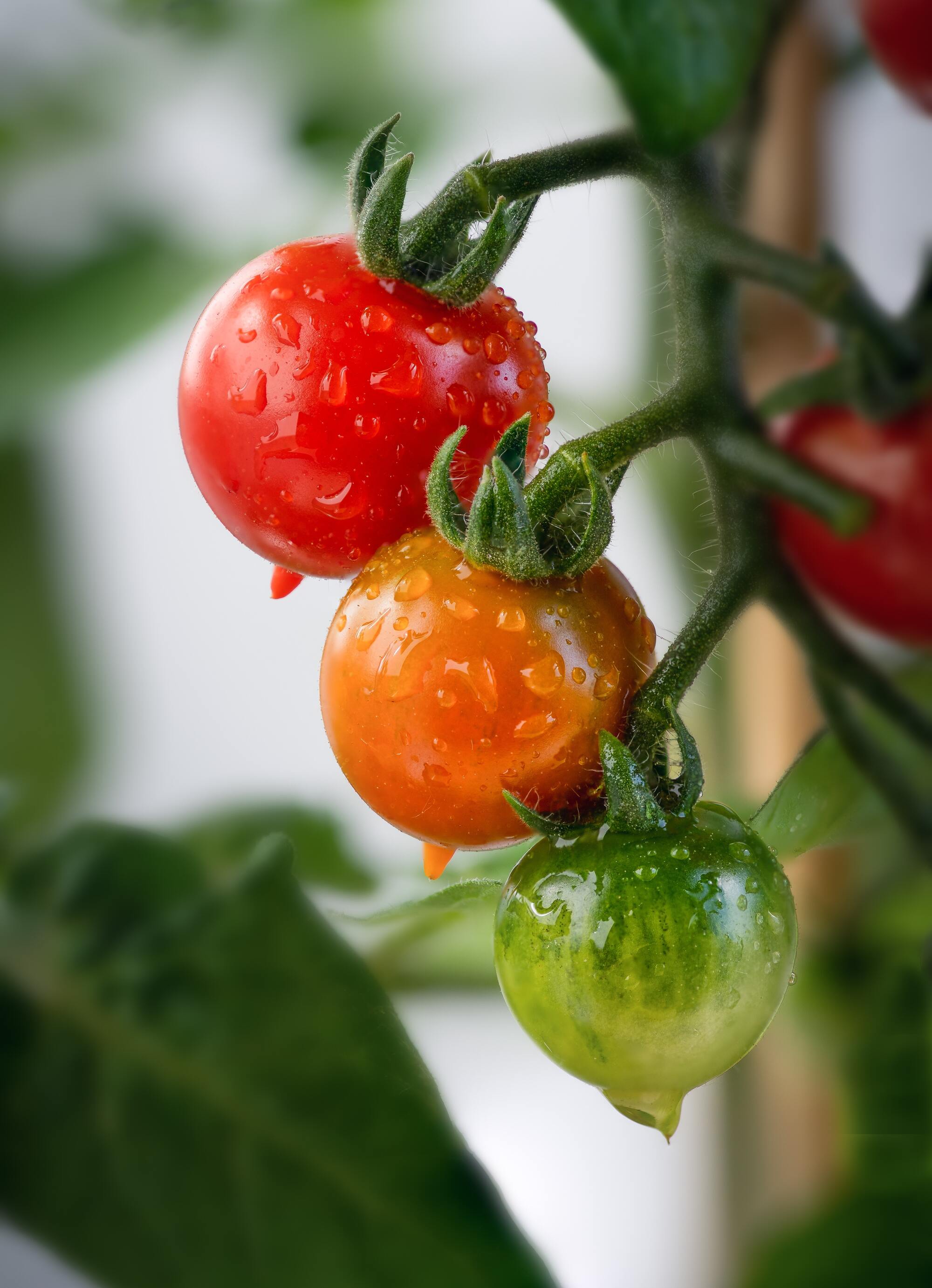
If you're wondering why your tomatoes won't turn red, I'm afraid the answer isn't always clear-cut. As Tony O'Neill, plant expert and owner of Simplify Gardening, explains, 'there could be several reasons, such as insufficient light, improper temperature, or a nutrient imbalance'. If sunshine in your area has been in short supply this summer then that's the most likely culprit, but if you were late to take your plants outdoors then the onus might be on you.
You should also note that the time it takes for your tomatoes to fully mature will depend on the variety, and not all tomatoes even turn red at all. 'If a gardener finds the tomatoes ripening very slowly, it is likely the wrong varieties were chosen for the season or climate,' explains Craig LeHoullier, tomato expert and author of the book Epic Tomatoes, available at Amazon. 'There's also a full range of tomatoes with different seasons of ripening, from a very short season of 40-50 days from transplant to a very long season 85-100 days.' Be sure to rule out factors like these before you worry about ripening your plants.
After a certain amount of time, however, you can safely deduce that your tomatoes aren't ripening as they should. 'A general rule of thumb is that it will take three to four weeks from a pollinated blossom (that shows the tiny green developing tomato) to fully ripe tomato,' says Craig. Use this as a guideline when it comes to encouraging your fruits to ripen.
How do you ripen green tomatoes on the plant?
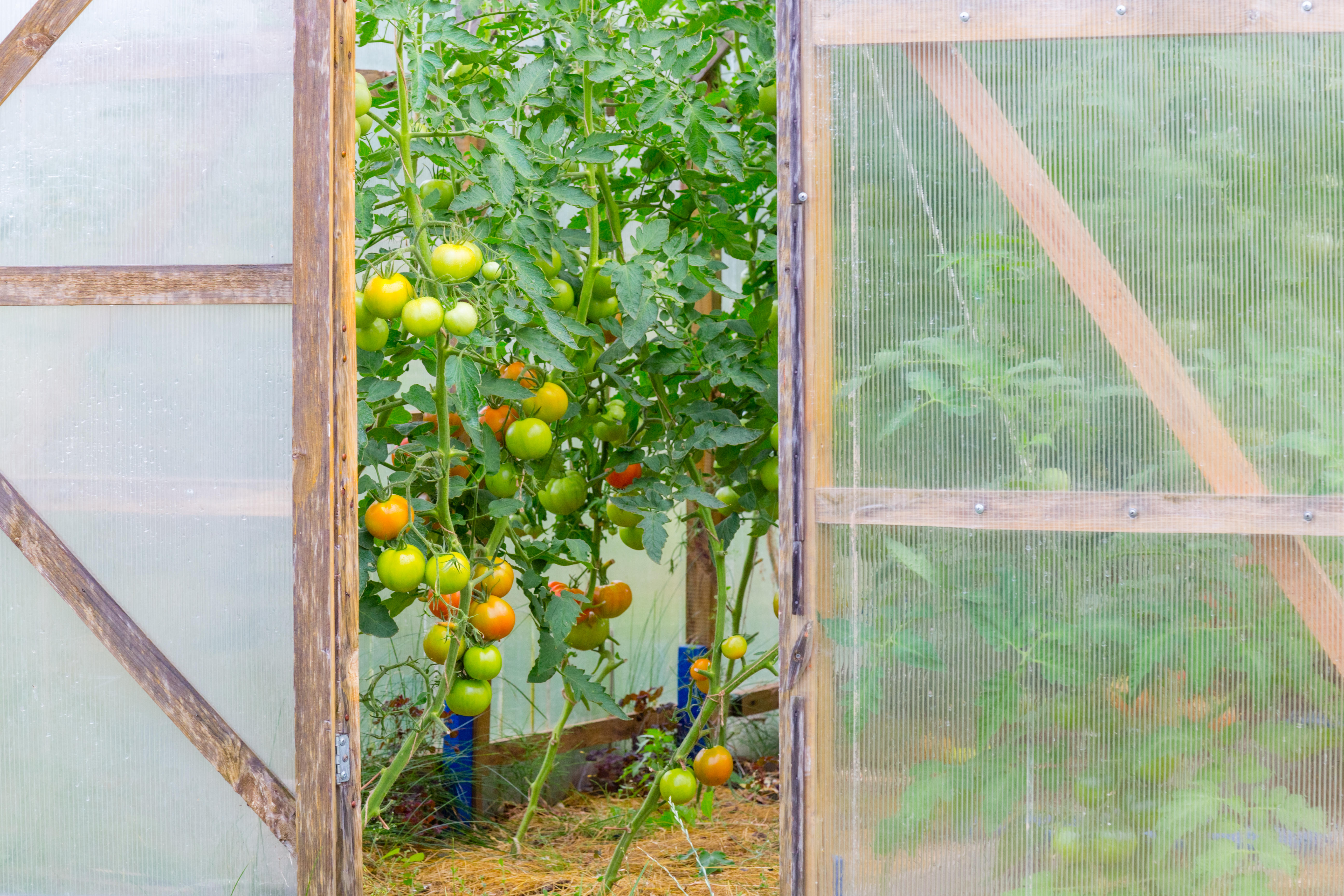
So you've figured out that your tomatoes aren't turning into the delectable red fruits you were promised on the seed packet. Before the season comes to an end, you'll want to lend a helping hand to speed up the process, and the first port of call should be ensuring your plants are warm enough.
Once the chill of September rolls around, this is especially important for sun-loving tomatoes. 'To encourage your edible plants to ripen on the plant, ensure they receive adequate sunlight and consistent warmth,' says Tony. 'You should also avoid over-watering in the cooler temperatures, and consider applying a potassium-rich fertilizer to aid in fruit ripening.'
If you have a greenhouse, move your plants inside to turn up the heat and encourage the fruits to turn red. Otherwise, make sure they're in the sunniest spot in your garden (which might be a different place from where you first put them in late spring), and try to put them up against a fence or wall if you can so they're sheltered from any wind.
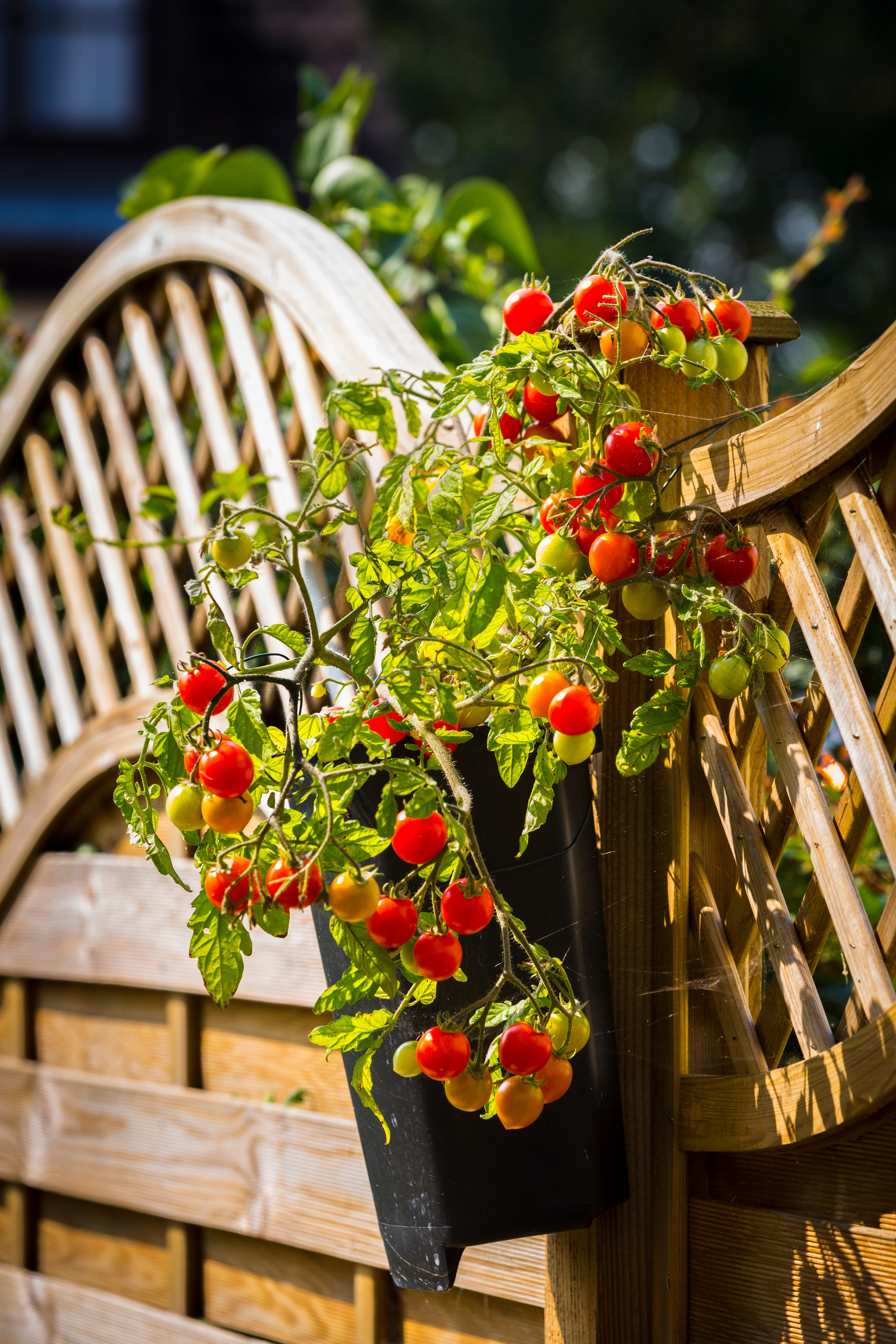
You might also want to consider removing the lower leaves of your plant to help the fruits ripen. At this late point in the season, you want your tomato plants to put all the energy they're getting into the fruit, so stripping off leaves will help direct the energy into the tomatoes themselves. 'Removing the leaves can also allow more sunlight to reach the fruit, but striking a balance is essential,' Tony says. 'Over-pruning can stress the plant and expose the tomatoes to sunscald.'
Craig also notes that the leaves play a vital role in developing the full, sweet flavor of your fruit. 'The foliage is important in that it is the center of photosynthesis for the plant, which helps develop the various flavor elements,' he says. Only remove leaves as a last resort, and prioritize a warm, sunny spot first and foremost.
Can you ripen tomatoes off the vine?
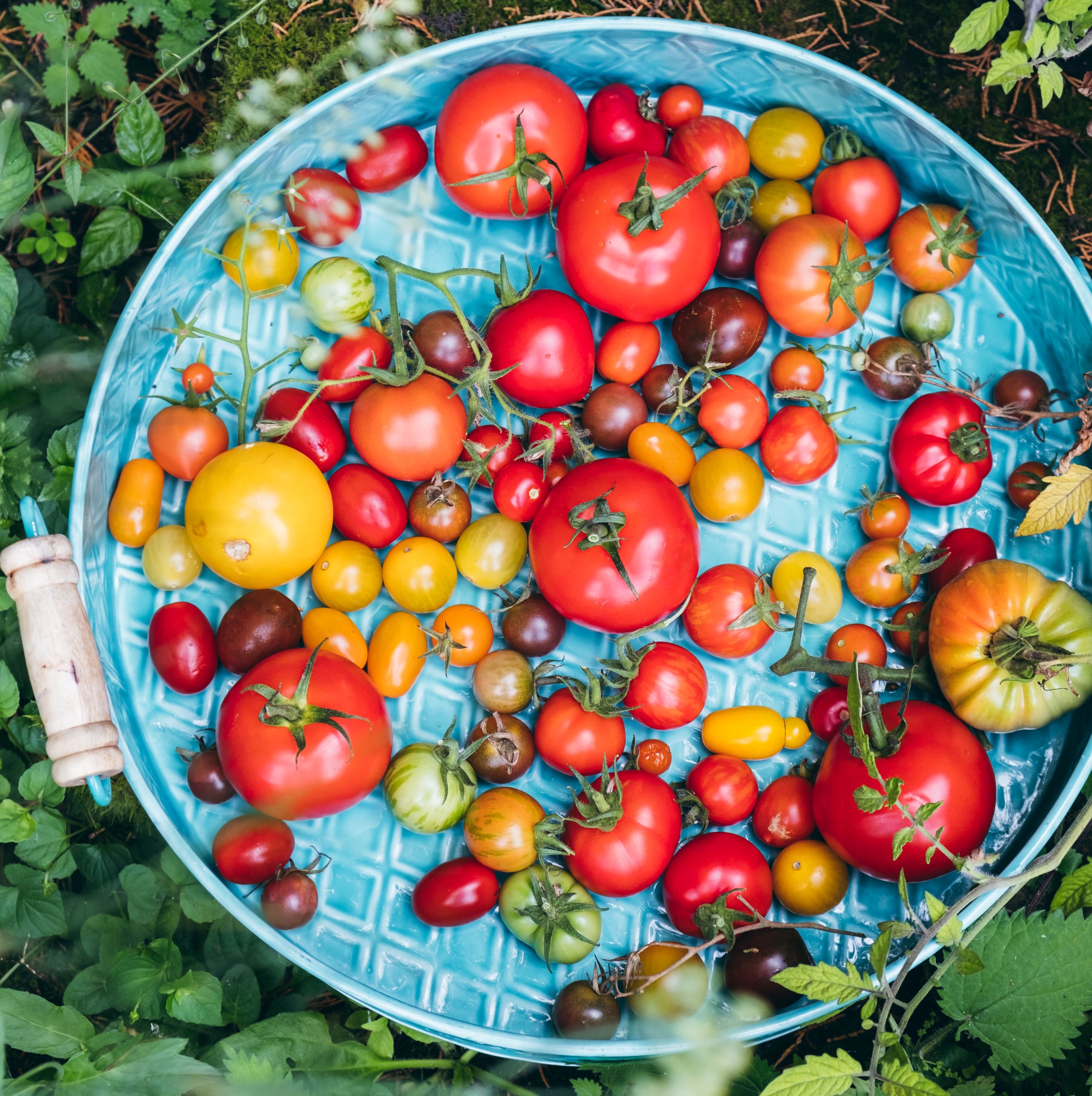
If your tomato plant looks past its best or the weather in your area has taken a turn for the worse, you might want to consider ripening your fruits off the vine. This is the method that mass-produced tomato farms often rely on, and while it might not result in such a delicious flavor, it certainly still works.
One way to ripen your green tomatoes off the plant and indoors is by placing them on a warm windowsill that receives plenty of light. The results will be slower, but they should start to turn from green to orange after a week or so ensuring they were mature when you picked them.
'Tomatoes that are full-sized but picked green can also be encouraged to ripen indoors by placing them in a paper bag with a ripe apple or banana,' says Craig. 'The ripe fruit gives off ethylene gas, which is the enzyme responsible for the ripening of tomatoes.'
Failing these methods, you can put green tomatoes to use in your kitchen with some wonderful recipes. 'They can be pickled, used to make chutney or relish, or finely chopped up to make a green tomato salsa,' says Tony. However you decide to use them, there's absolutely no reason for them to go to waste!
Be The First To Know
The Livingetc newsletters are your inside source for what’s shaping interiors now - and what’s next. Discover trend forecasts, smart style ideas, and curated shopping inspiration that brings design to life. Subscribe today and stay ahead of the curve.

Lilith Hudson is a freelance writer and regular contributor to Livingetc. She holds an MA in Magazine Journalism from City, University of London, and has written for various titles including Homes & Gardens, House Beautiful, Advnture, the Saturday Times Magazine, Evening Standard, DJ Mag, Metro, and The Simple Things Magazine.
Prior to going freelance, Lilith was the News and Trends Editor at Livingetc. It was a role that helped her develop a keen eye for spotting all the latest micro-trends, interior hacks, and viral decor must-haves you need in your home. With a constant ear to the ground on the design scene, she's ahead of the curve when it comes to the latest color that's sweeping interiors or the hot new style to decorate our homes.
-
 My 10 Favorite Designs at Milan Design Week 2025 — Out of the Hundreds of Pieces I Saw
My 10 Favorite Designs at Milan Design Week 2025 — Out of the Hundreds of Pieces I SawThere is a new elegance, color, and shape being shown in Milan this week, and these are the pieces that caught my eye
By Pip Rich
-
 Iridescence Is Chrome’s More Playful, Hard-to-Define Cousin — And You're About to See It Everywhere
Iridescence Is Chrome’s More Playful, Hard-to-Define Cousin — And You're About to See It EverywhereThis kinetic finish signals a broader shift toward surfaces that move, shimmer, and surprise. Here's where to find it now
By Julia Demer
